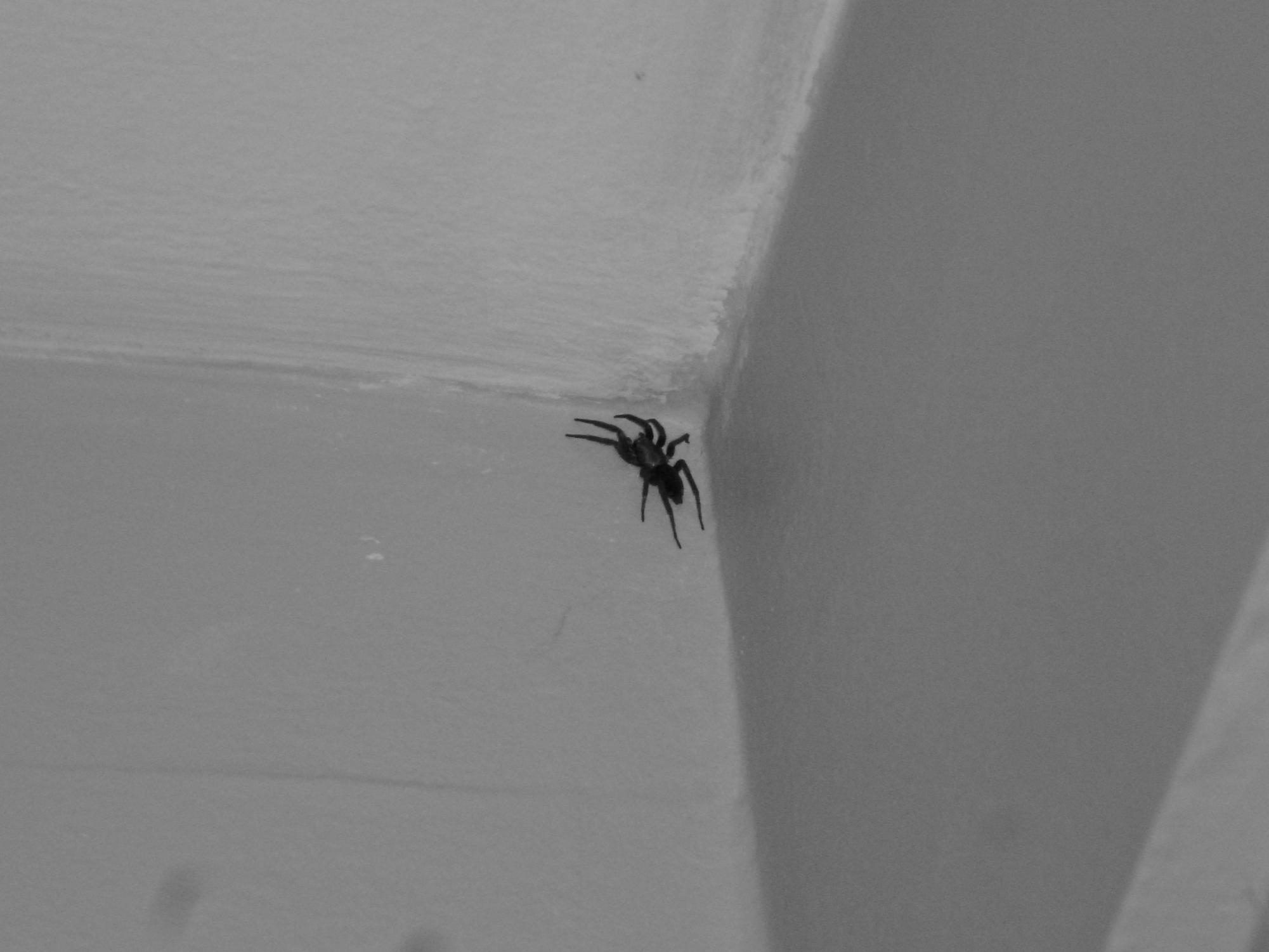
We’ve all seen one by now — a small eight-legged, eight-eyed critter scampering across the ceiling or perhaps the windowsill. Or maybe, the poor thing got itself stuck in the bathtub again.
Either way, we’ve all seen a spider and reacted with various amounts of fear, from none to nightmares for weeks. With some species, that fear is honestly warranted (I, for one, am NOT about to mess with a Brazilian Wanderer or a Sydney Funnel Weaver). Still, we can all relax and appreciate the odd little creatures.
House Spiders
These spiders are not likely to survive when released outside (though giving them a chance is better than squishing them). Thankfully, since these guys are built to function indoors, they can make a great natural insecticide.
Giant House Spider (Eratigena Atrica)
If you have not seen them yet, you have probably heard of them: giant house spiders! Their bite is not dangerous, and they tend to be shy and avoid human contact, waiting for prey to come to them rather than going out and hunting. However, their large size (approximately a two-inch leg span) has the tendency to rattle many people.
Please note, if you habitually leave your clothes on the floor, STOP doing that. I was maybe sixteen or so when I started leaving my clothes on the floor. Well, one night, I was getting ready for bed, and as I began to put some pajama pants on, I felt something brushing against my leg as it fell and plopped onto the floor. It was the biggest spider I have ever seen in person.
Honestly, the poor thing was just as shocked as I was. I was not bitten or harmed in any way, but it was a massive shock. Giant house spiders like to hide; for them, a pant leg would be the perfect place to lay low for a while. Needless to say, I did not leave my clothes on the floor after that; I didn’t want that sort of surprise again.
Hobo Spider (Eratigena Agrestis)
The misconception that hobo spiders are aggressive comes from their Latin name Eratigena Agrestis. The Latin word Agrestis actually translates to farm or field, but it sounded similar enough to “aggressive,” so the common name “aggressive house spider” has stuck to this day. In truth, they just want to be left alone.
Contrary to popular belief, there is no conclusive evidence that hobo spiders are medically significant, and more and more evidence that shows that they are harmless is now being documented. Additionally, in order to get bitten by one of these guys, you have to either try to get bitten or otherwise get in its personal space. Unlike their cousins, the giant house spider, they may choose to seek out prey actively. This is when you’ll most likely encounter one.
Cellar Spider
These guys have long legs and skinny bodies. They are quite skittish. They are great at trapping all sorts of pests that would invade your home. If you come across one, you’ll most likely find it in the bathroom with a web in the corner. They are legitimately harmless and tend to mind their own business.
Outdoor spiders
These spiders will thrive better outdoors than indoors but will often accidentally end up indoors. They’re important to our ecosystem, so it’s best to take them outside and set them free.
Yellow Sac Spider (genus Cheiracanthium)
The yellow sac spider is thought of as a medically significant spider, though recently, new evidence points to their bite not being harmful at all. Thankfully, they prefer to be outside, so interaction is less frequent. When we set up the Christmas tree during winter break, though, we accidentally brought one in with the holder. Thankfully, it walked right into my miniature terrarium, and I was able to transport it back outside, where it scampered off towards a big leaf pile in our yard.
Wolf Spider (belongs to the family Lycosidae)
The wolf spider is another spider that is usually outdoors but can end up in the house. Their bites are not dangerous, so getting them to walk onto a tissue and take them back outside is not too risky. However, they are fast, so catching a particularly skittish one can get annoying. That said, it is better to deal with the headache than squish them. A mother wolf spider will carry approximately one hundred babies on her back, so squishing her will send little spiderlings flying everywhere, which is known to terrify most people. So, it’s better to release every wolf spider you encounter.
Jumping Spider
Don’t let the name fool you, these guys are the most docile and least frightening spiders out there. They have big eyes, small bodies and large brains. They are the most intelligent spiders, and they’re quite curious. They very rarely bite, and their venom is harmless. If you’re lucky, one might wave at you.
The Spooky Stuff
Bedbugs, mosquitoes, fruit flies and silverfish are a few examples of household pests in the Puget Sound area. Thankfully, these pests are natural prey to local spider species. Bedbugs and mosquitoes are infamous for being creepy crawlies that will actually eat us. Fruit flies are gross and eat bits of fruit in the kitchen, peeing and pooing on them all the while. Silverfish are weird silver teardrop-shaped bugs that eat clothes, books and all the food. They also cannot be squished, as their guts will stain any surface, making it extremely difficult to get the stain out. Thankfully, spiders eat these pests. They are ridding our homes of pests for FREE!
All spiders have venom, but that doesn’t necessarily warrant fear. Spiders need their venom not only to hunt but also to eat. While most spider venom will not affect us, it will melt the insides of a bug into a goop the spiders can consume. Spiders cannot chew and must inject prey with venom lest they starve. That means most don’t wish to use their venom unless they eat or hunt.
A spider usually only bites as a last resort and might not release venom when they do so, giving what is known as a dry bite. With every species in the Puget Sound area, you have to be actively stressing out a spider; they only bite when they feel they are in danger.
In short, if you see a spider while living in the Puget Sound area, remember that if you don’t bug them, they won’t bug you.

















































































Ken Harrower • Jan 25, 2024 at 10:20 pm
Cool article! Now if readers will practice kindness and less squishing…
Enjoyed the read!
Mari • Jan 25, 2024 at 10:10 pm
Very interesting. I learned so much from this article. Thank you.